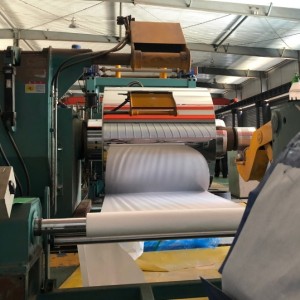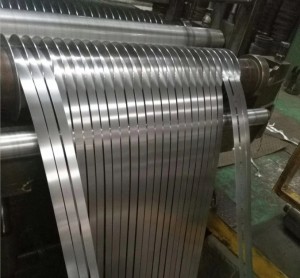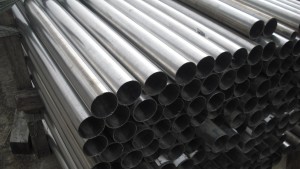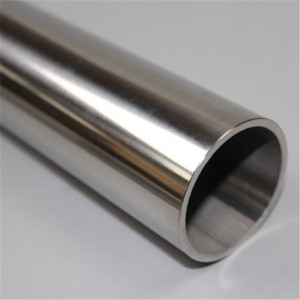Cold rolling: it is the processing of pressure and stretching ductility. Smelting can change the chemical composition of steel materials. Cold rolling can not change the chemical composition of steel, the coil will be placed into the cold rolling equipment rolls applying different pressures, the coil will be cold rolled to different thicknesses, and then through the last finishing roll, control the coil thickness accuracy, the general accuracy within 3 silk.
Annealing: The cold rolled coil is put into a professional annealing furnace, heated to a certain temperature (900-1100 degrees), and the speed of the annealing furnace is adjusted to get the appropriate hardness. Material to be soft, the annealing speed is slow, the higher the corresponding cost. 201 and 304 are austenitic stainless steel, in the annealing process, the need for hot and cold to repair the metallurgical organization of the cold rolled process is damaged, so the annealing is a very critical link. Some times the annealing is not good enough to produce rust easily.
The workpiece is heated to a predetermined temperature, held for a certain period of time and then slowly cooled metal heat treatment process. The purpose of annealing is:
1 to improve or eliminate the steel in the casting, forging, rolling and welding process caused by a variety of organizational defects and residual stress, to prevent the workpiece deformation, cracking
2 soften the workpiece for cutting.
3 refine the grain, improve the organization to improve the mechanical properties of the workpiece. Organizational preparation for the final heat treatment and pipe making.
Slitting: stainless steel coil, cut into the corresponding width, so as to carry out further deep processing and pipe making, slitting process need to pay attention to the protection, to avoid scratching the coil, slitting width and error, in addition to slitting the relationship between the pipe making process, slitting of the steel strip appeared on the batch of fronts and burrs, chipping directly affects the yield of the welded pipe.
Welding: the most important process of stainless steel tube, stainless steel is mainly used argon arc welding, high frequency welding, plasma welding, laser welding. Currently the most used is argon arc welding.
Argon arc welding: shielding gas is pure argon or mixed gas, high welding quality, good weld penetration performance, its products in the chemical, nuclear and food industries are widely used.
High-frequency welding: with a higher power source power, for different materials, outer diameter wall thickness of the steel pipe can achieve a higher welding speed. Compared with argon arc welding, is its highest welding speed of more than 10 times. For example, the production of iron pipe using high-frequency welding.
Plasma welding: has a strong penetrating power, is a use of special construction of the plasma torch produced by the high-temperature plasma arc, and under the protection of protective gas fusion metal welding method. For example, if the thickness of the material reaches 6.0mm or more, plasma welding is usually required to ensure that the weld seam is welded through.
Stainless steel welded pipe in the square tube, rectangular tube, oval tube, shaped tube, initially from the round tube, through the production of round tube with the same circumference and then formed into the corresponding tube shape, and finally shaping and straightening with molds.
Stainless steel tube production cutting process is relatively rough, most of them are cut with hacksaw blades, the cut will produce a small batch of fronts; the other is a band saw cutting, for example, large diameter stainless steel tube, there is also a batch of fronts, general batch of fronts too much when the workers need to replace the saw blade.
Polishing: After the pipe is formed, the surface is polished by polishing machine. Usually, there are several processes for surface treatment of product and decorative tubes, polishing, which is divided into bright (mirror), 6K, 8K; and sanding is divided into round sand and straight sand, with 40#, 60#, 80#180#, 240#, 400#, 600#, to meet the different needs of customers.
Post time: Mar-26-2024










